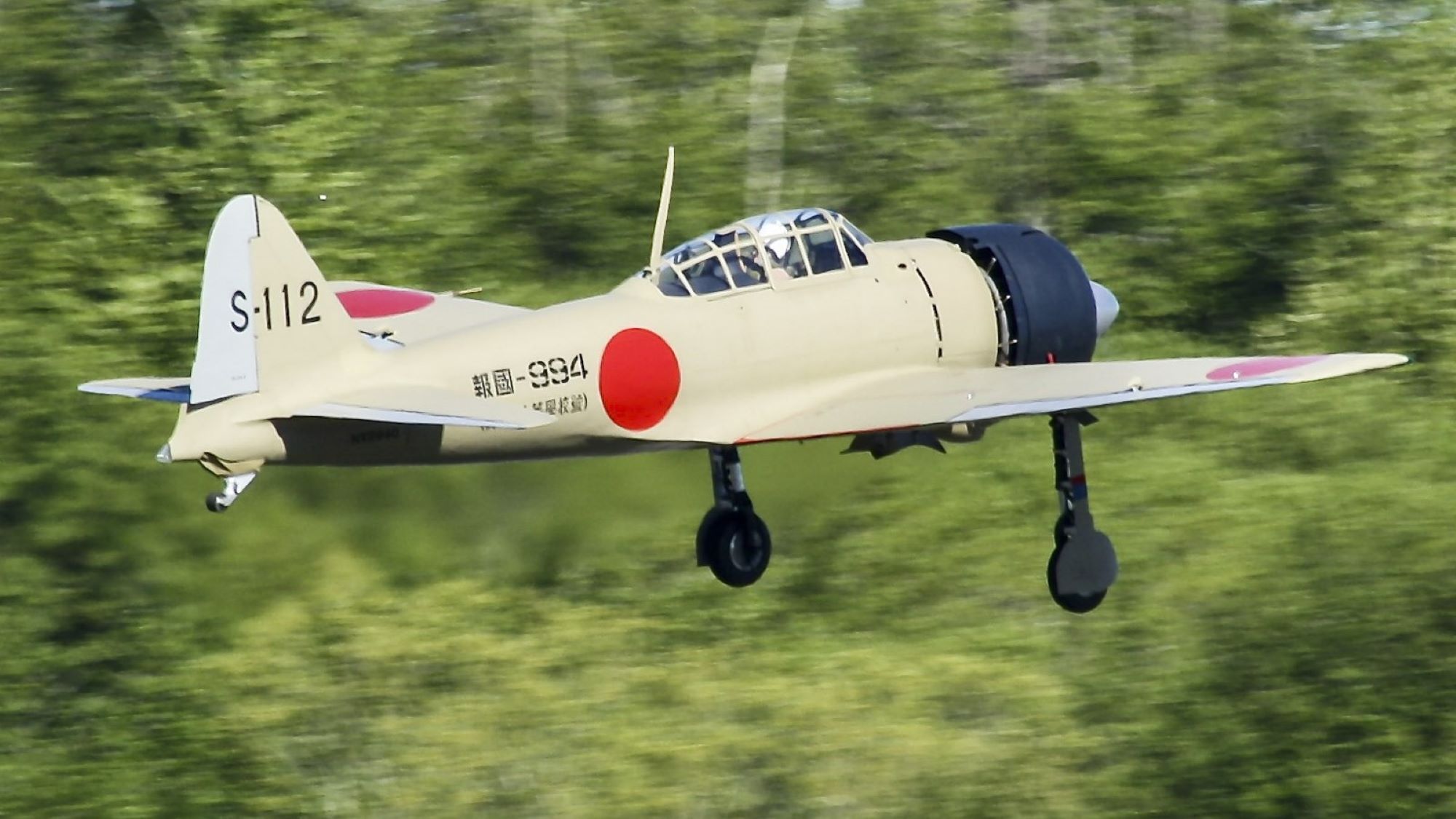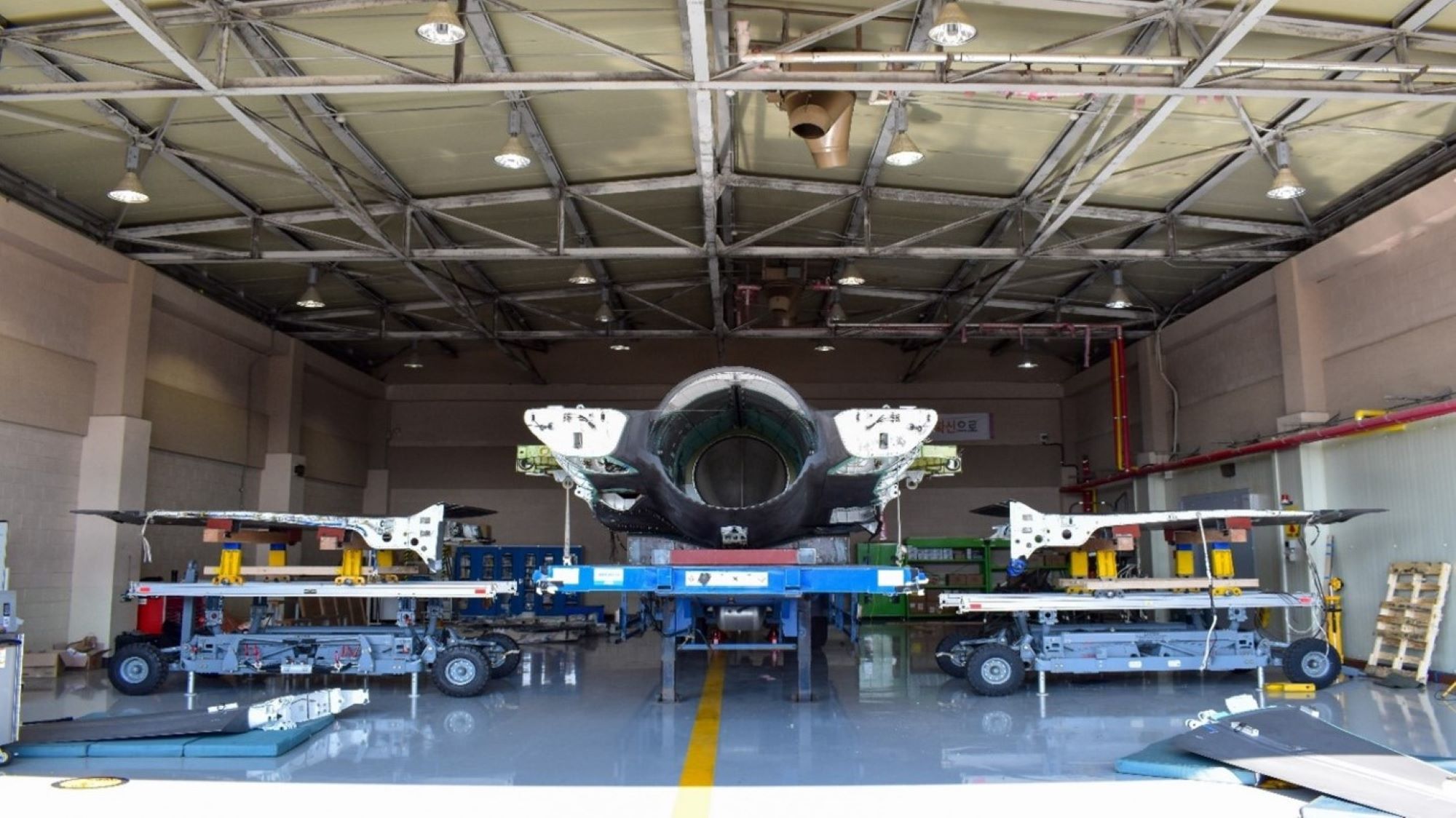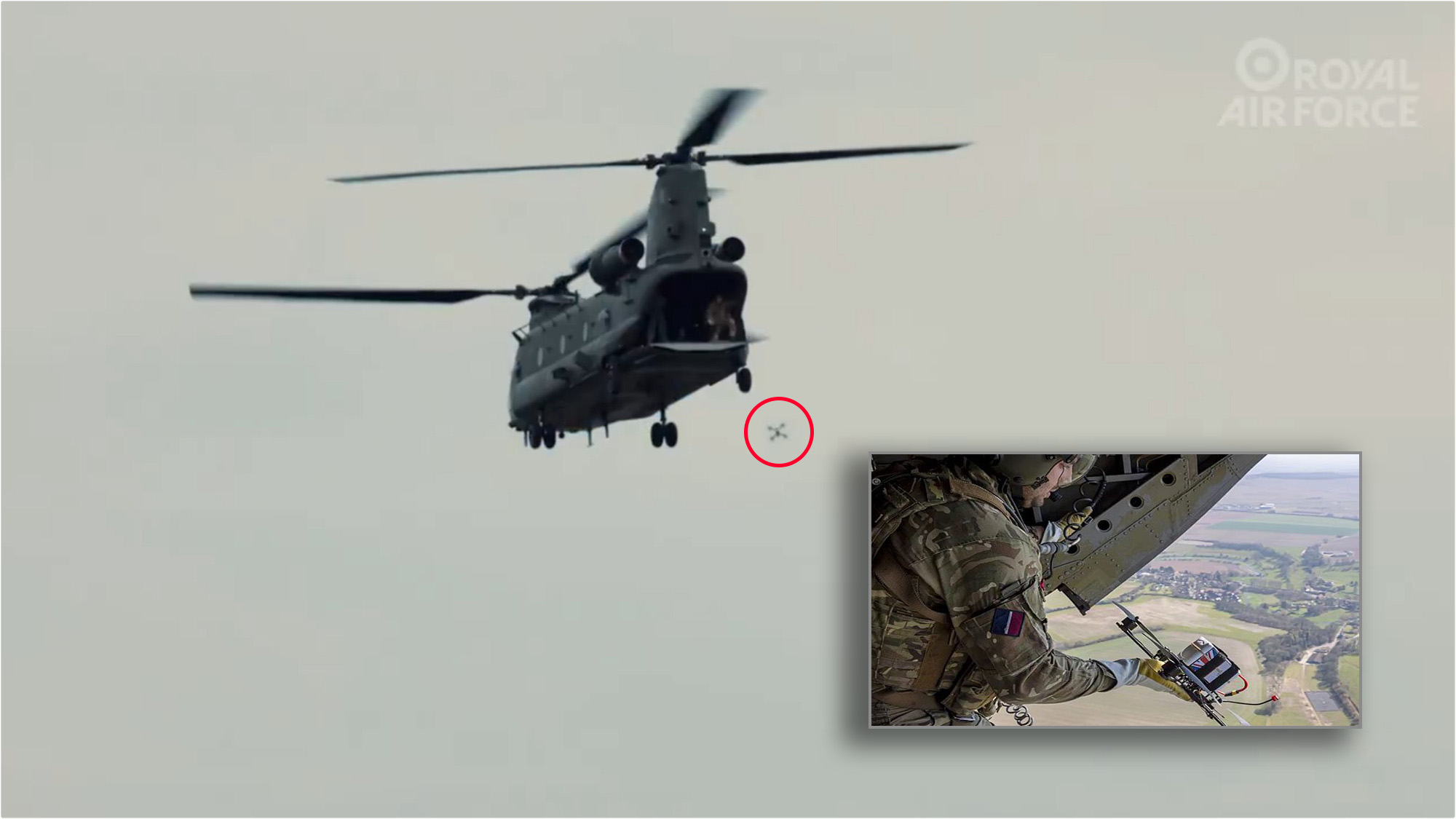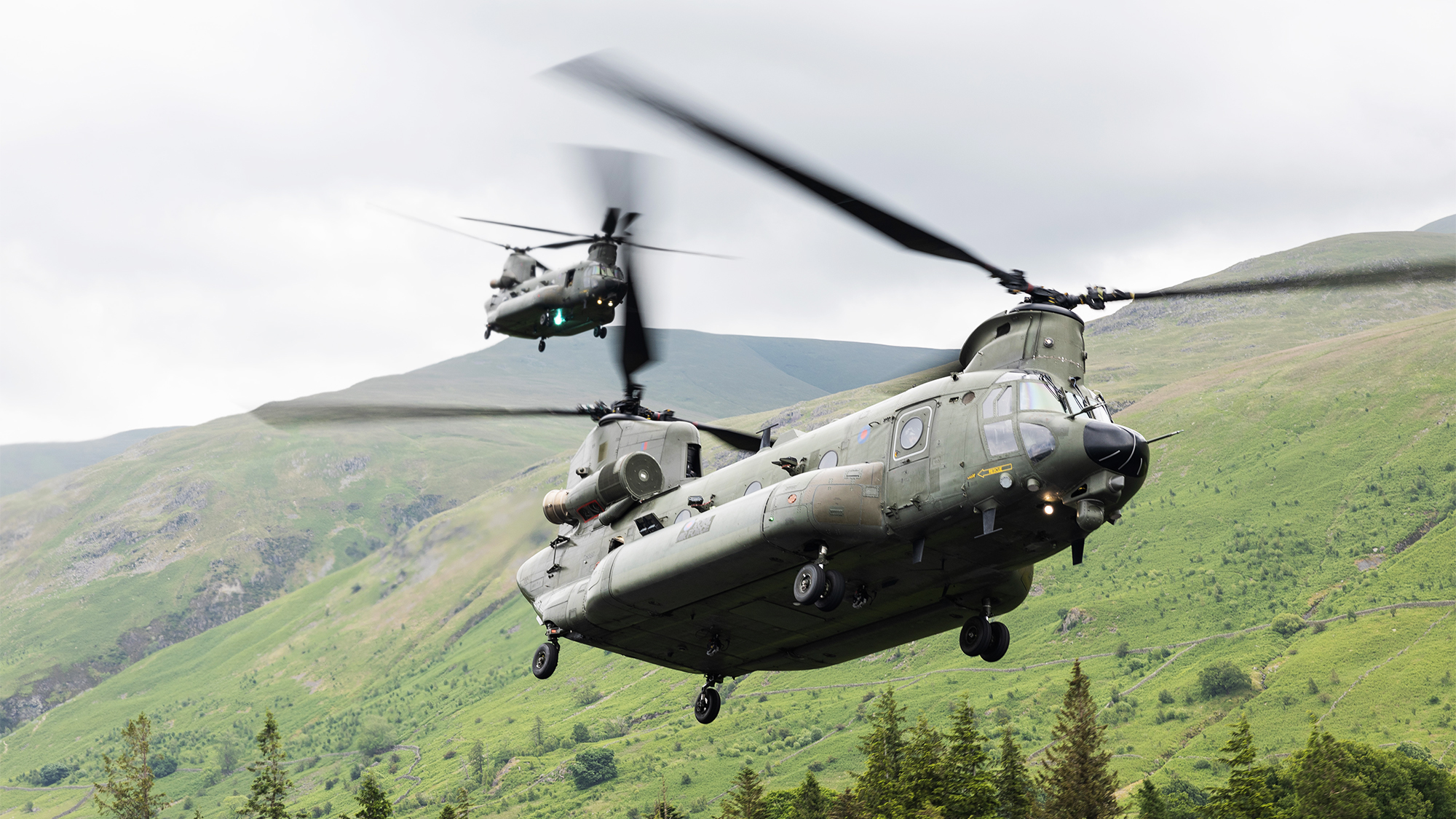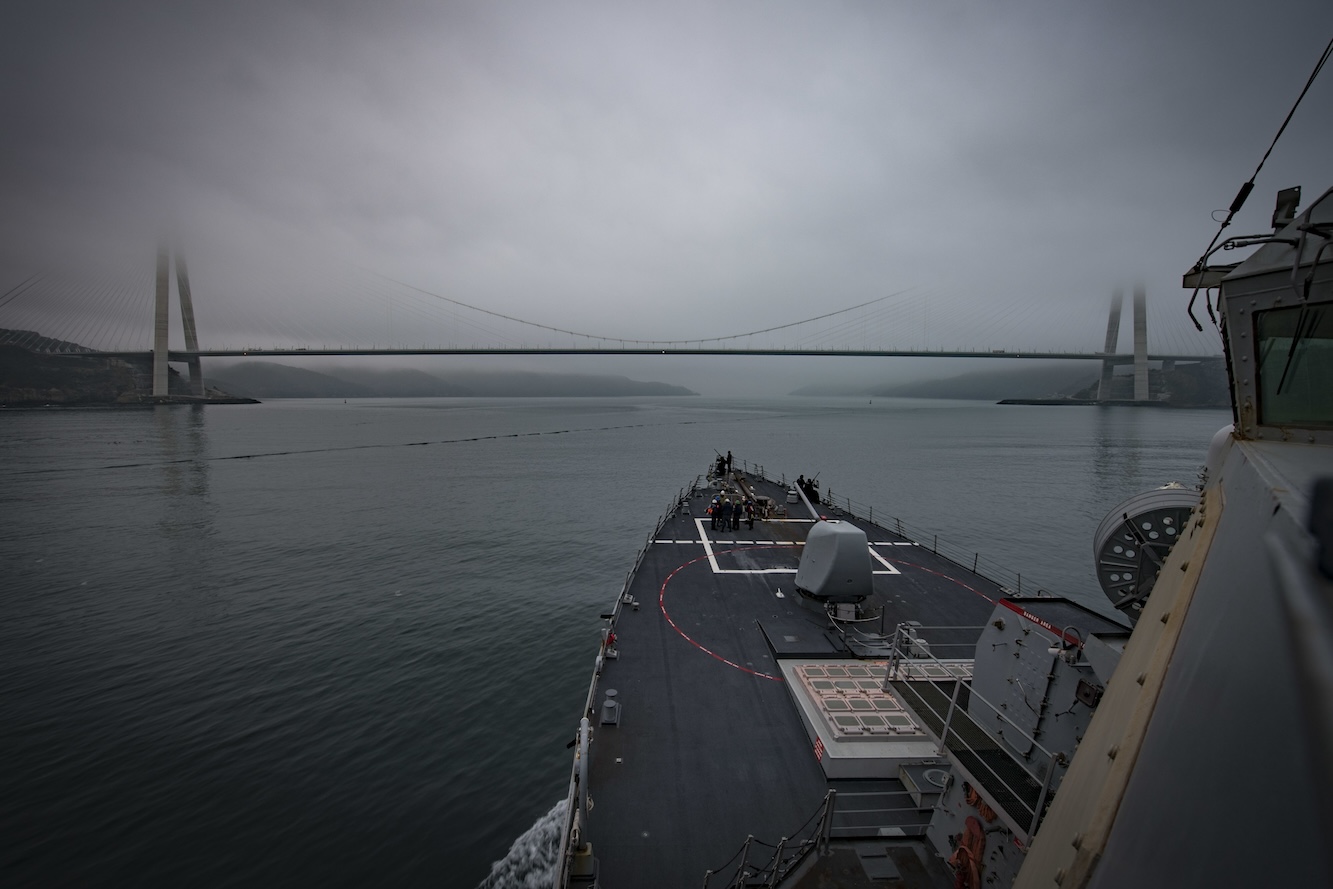Army general says deep aviation cuts aren’t set in stone, might ‘walk something back’
“A lot of the reasons that we’re making decisions are because of political change. That’s the reality of our governmental system,” said Maj. Gen. Clair Gill. “And so we might be moving down a path for a couple years, and things change. The world changes. Wars happen.”


Paratroopers assigned to Delta/82nd Aviation Regiment, 82nd Combat Aviation Brigade, conduct an engine run on an MQ-1C ER Gray Eagle on March 21, 2024. (U.S. Army photo by Staff Sgt. Catessa Palone)
AAAA 2025 — Army aviation cuts were deeper than anticipated but are not necessarily final, and some programs may be saved after further analysis, according to the commanding general of the Army Aviation Center of Excellence Maj. Gen. Clair Gill.
“There’s probably more fidelity that we’re going to get out of the decisions that were made, and we might even walk something back if appropriate,” the two-star general told reporters on Thursday.
“We’ll provide options, and we could say, ‘Hey, maybe we don’t want to divest as deep or we don’t want to do it as quickly or altogether don’t want to do it,’” he added.
Gills’s comments come as the aviation community gathered in Nashville, Tenn. for the Army Aviation Association of America’s annual conference and amid great uncertainty about cuts to all sectors of the service under the new the Army Transformation Initiative (ATI).
For the aviation community, Gill explained that officers there had been weighing changes for nine months, to include divesting older helicopters like the AH-64D Apache and moving to a fleet of only AH-64E aircraft.
But when ATI was rolled out, Gill said those aviation cuts were “maybe deeper than we thought they were going to be.”
In addition to the AH-64D Apache cut, the Future Tactical Uncrewed Aircraft System (FTUAS) competition is being canceled, additional buys of General Atomics’ Gray Eagle drone are prohibited, it is possibly the end of General Electric’s development of the Improved Turbine Engine Program (ITEP), and there may be a reduced buy of the High Accuracy Detection and Exploitation System (HADES).
Like all other communities hit with cuts, Gill said the aviation sector is now doing the mission analysis on what impact the moves would have, and those findings will then be provided to senior leaders along with various options.
“In some cases, it’ll be ways that we can execute exactly what they told us to do and it might even be … saying, ‘Hey, here are all the consequences. Is that still the order?’ And we’ll be prepared to execute,” he added.
Could Better Sight Save The Gray Eagle?
There are a whole host of questions the aviation community now needs to answer, including what impact a possible ITEP cancellation will have on the Black Hawk and Apache fleet and how the service envisions using the helicopters in the future.
Then there is the Gray Eagle, the Army’s only Group 4 drone that has faced survivability questions.
“If I was a division commander and … you’re taking away all my Gray Eagles from me, I would say, ‘Okay, what am I getting in lieu of that? How do I see sense, strike, move and extend out the battlefield?’” he said, adding that it is not yet clear how that will be done.
Col. Nick Ryan, director of the Army Capability Manager for Unmanned Aircraft Systems, suggested to Breaking Defense the end of buying Gray Eagles wouldn’t necessarily mean the end of using them. The ATI, he explained, doesn’t prevent the service from modernizing the Gray Eagles already in inventory, and that will be part of the mission analysis.
To make them more survivable, the service could integrate enhanced sensors onto the drone, as with recent Army tests at the Project Convergence Capstone 5 event this year.
“The main thing that makes it not survivable today, that everybody points out, is that the sensors on it are so outdated and obsolete that they can only see about a maximum 15 kilometers [9.3 miles], which worked fine in a COIN [counterinsurgency] environment, because you could be right over the top of the target and nothing was going to shoot you down,” Ryan said.
“But that makes you not survivable when you’re going up against an adversary that has a pretty significant air defense threat,” he added. “It’s not the aircraft, it’s the sensors that put it so close. And so we can easily upgrade the sensors, they exist today… [and] we proved that they work out to over 200 kilometers.”
As for the future Group 4 drones inside the Army, Ryan said that right now there is still a requirement for a division-level UAS capability — and the service is planning to move forward with finding one — but the ATI guidance has “disrupted” the plan and muddied the timeline.
Then there is the FTUAS that was envisioned as a Group 3 drone, aligned with brigades and slated to replace the RQ-7 Shadow. The program has encountered delays over the years, but drone-makers Griffon and Textron were vying for the contract when the service dropped the ax on the competition this month.
While the Army does not want to proceed with that competition, Army Vice Chief of Staff Gen. James Mingus said that requirement also remains as well; it’s just about making sure the service buys the right option.
“The one that was being developed didn’t meet our needs,” he told reporters Wednesday. “There’s the misnomer … [that] we’ve killed FTUAS [but] we still need short-, medium-, long-range unmanned systems that can sense, they can see, they can extend the network, they can kill with their kinetic [capabilities] and their EW [electronic warfare ones]. They do all those things.”
Winning Questions
While the aviation community pursues its mission analysis to programs aligned for cuts, questions also persist about programs that appear to have survived the ATI purges.
For example, launched effects was a big winner in the ATI rollout, but Ryan said his team is now reexamining the entire plan in order to get the capability into every division by the end of 2026. And part of that revamp means prioritizing the long- and medium-range variants to meet guidance that the Indo-Pacific region takes priority. (The short- and medium-ranged variants were previously being developed first.)
A number of other aerial drone opportunities are expected to be fast tracked too, Ryan said, including a hunt for a new Purpose-Built, Attritable Systems (PBAS).
“They’re going to be so much more than just first-person-view drones, which everybody considers like something with goggles that you’re flying like a racing drone,” Ryan said.
“It’s designed to do a range of control mechanisms from first-person view, actually controlling these on the sticks with the goggles on, to you just program some waypoints in it, and it’ll just go up and fly itself or to full AI, where you just say, like, hey, I need you just to go fly in this box, find some targets and tell me what you see,” he later added.
The PBAS requirements document went before the Army Capabilities Board this week and is slated for an Army Requirements Oversight Council decision in June. If it gets the greenlight, Ryan said he expects a solicitation to go out to industry shortly thereafter.
Drones aside, Bell’s development of the Future Long-Range Assault Aircraft (FLRAA) is also an ATI victor, with the service looking to more quickly from prototype delivery into production.
“In the case of the Future Long-Range Assault Aircraft, I think the Army has been very clear right now, we are 100 percent committed to it, and we’re committed to accelerating [it],” Gill said. “They’re going to go find additional money to figure out how to accelerate that program. I have no idea what’s going to happen in five years.”
Overall, Gill said he understands why industry “would be skeptical” of all the changes, but he also argued for patience.
“A lot of the reasons that we’re making decisions are because of political change,” the two-star general said. “That’s the reality of our governmental system. And so, we might be moving down a path for a couple years, and things change. The world changes. Wars happen.”






































































































